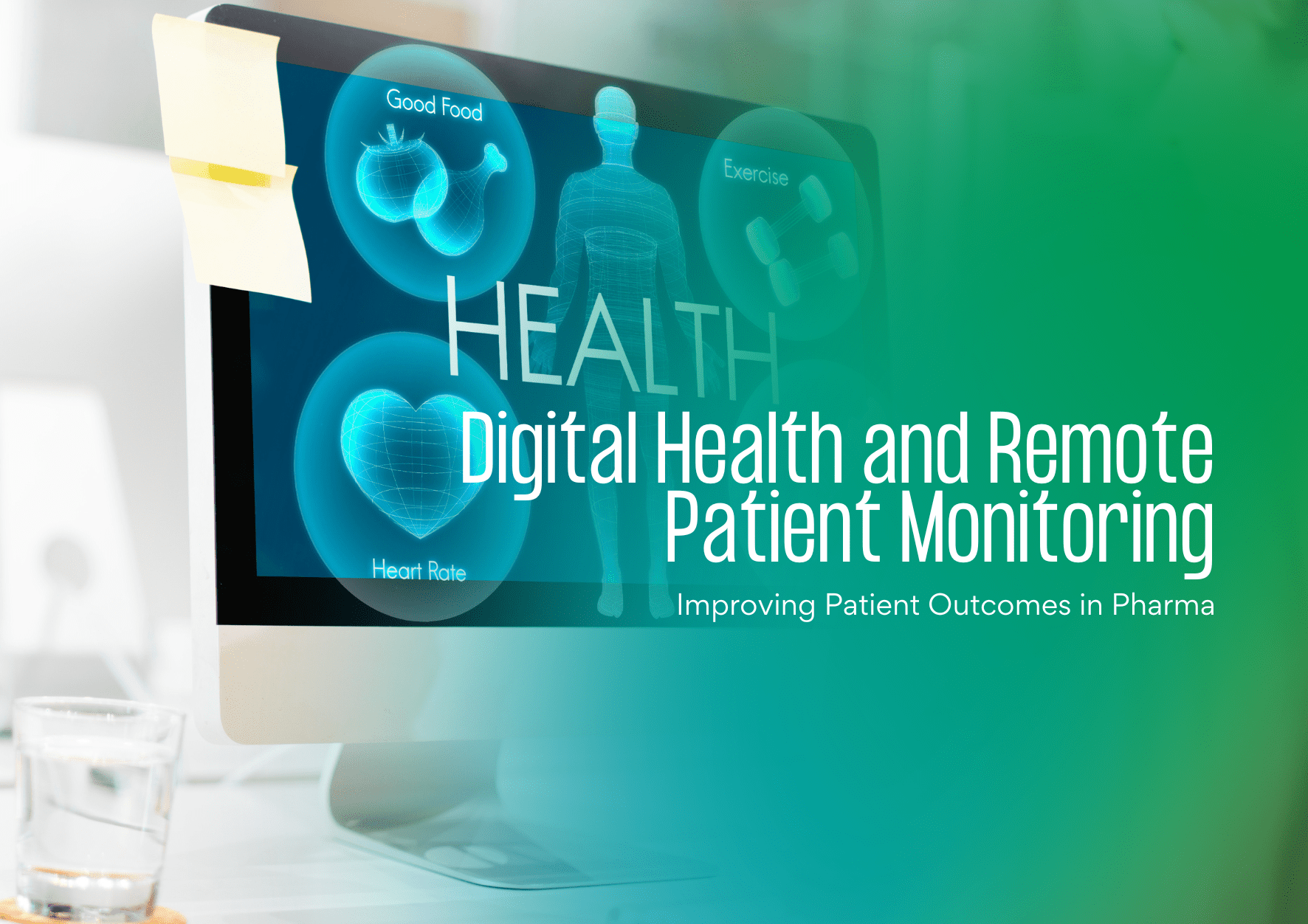The healthcare sector is undergoing a massive transformation, driven by digital advancements. Whether in hospitals or pharmaceutical companies, digital tools are redefining diagnosis, monitoring, and treatment. Among these innovations, Remote Patient Monitoring (RPM) stands out as a game changer-bridging the gap between patients and providers, improving accessibility, and ensuring continuous care beyond hospital walls.
The Role of Digital in Healthcare
Digital integration in healthcare is no longer a trend-it’s a necessity. Technologies like AI, machine learning, and real-time monitoring systems enhance efficiency and precision. Pharma companies are leveraging these tools not only for drug development but also for how therapies are processed, tested, and monitored in real-world settings.
Digitalization in clinical trials, market surveillance, and pharmacovigilance allows pharmaceutical firms to gain deeper insights into treatment efficacy and patient behavior.
New Technology in the Pharmaceutical Industry
Digital tools are now embedded across every stage of the pharmaceutical lifecycle-from early discovery and formulation to commercialization and patient engagement. AI and ML help analyze vast datasets, identify potential drug candidates, and simulate drug responses in preclinical trials-reducing both time and cost.
The Rise of Tele-Medication
Telemedicine has expanded rapidly, thanks to remote care solutions and digital platforms. It enables doctors, pharmacists, and consultants to provide consultations, prescriptions, and treatment monitoring via cloud-based systems and apps.
For patients, tele-medication removes barriers like distance and mobility issues, especially for chronic conditions. It supports:
- Timely medical advice
- Digital prescriptions
- Real-time feedback systems
Patient Monitoring Systems and Continuous Care
Patient Monitoring Systems (PMS) are central to the digital health revolution. Using sensors, mobile devices, and cloud connectivity, PMS collects and transmits real-time health data-heart rate, blood pressure, glucose levels, and oxygen saturation.
Benefits include:
- Real-time anomaly detection
- Prompt intervention
- Enhanced safety and regulatory reporting
- Improved pharmacovigilance
Wearable Healthcare Technology: Empowering Patients
Wearables like smartwatches, fitness trackers, and biosensors empower patients to take control of their health. These devices track:
- Physical activity
- Heart rate
- Sleep quality
- Medication adherence
For pharma companies, wearables provide real-world data that supports:
- Clinical trial design
- Drug performance analysis
- Accelerated approvals
- Personalized treatments
How Digital Health Improves Patient Outcomes
Digital health technologies create a proactive care ecosystem. Benefits include:
- Early detection and prevention of health issues
- Improved medication adherence through reminders and teleconsultations
- Personalized treatment plans based on real-time data
- Reduced hospital readmissions and healthcare costs
Challenges and the Road Ahead
Despite its promise, digital health faces challenges:
- Data privacy and security
- Regulatory compliance
- System interoperability
However, ongoing innovation and collaboration are overcoming these hurdles. The future lies in the synergy between digital health, telemedicine, and wearable technology-reshaping how patients are treated and cared for.
Final Verdict
The impact of digital health in pharma goes far beyond convenience-it’s about saving lives through smarter, connected systems. Tools like telemedicine, patient monitoring systems, and wearable healthcare technology are driving a patient-centered approach that values prevention, precision, and participation.
FAQs
- How does digital health improve patient care?
Digital health enables real-time monitoring, improves communication between patients and doctors, and offers data-driven insights for faster, more accurate treatment decisions. - What is the role of wearable healthcare technology in pharmaceuticals?
Wearables provide continuous health data that helps pharma companies track drug performance, design better trials, and personalize treatments based on real-world patient responses. - Why is remote patient monitoring important in healthcare?
RPM ensures continuous observation of vital health parameters, allowing early detection of issues, reducing hospital visits, and improving treatment outcomes.
🔷Explore AI-Powered Pharma Solutions
Ready to transform your pharmaceutical care with digital health innovations?
Connect with Pinnacle Life Science to discover how our AI-driven platforms, remote monitoring systems, and wearable technologies are improving patient outcomes across the globe.


